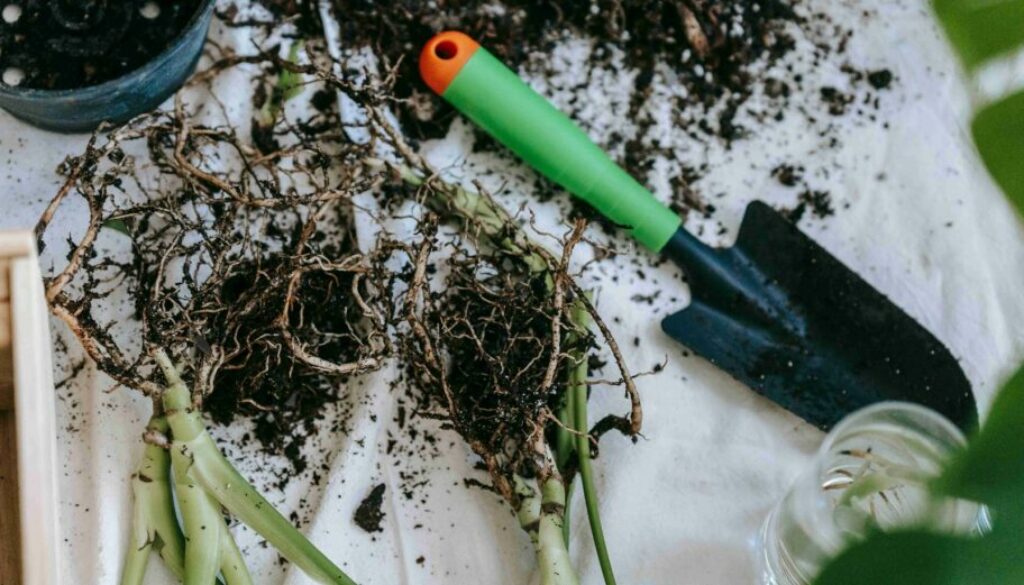7 Steps to Organic Gardening at Home: Your Complete Handbook
Transform your home into a green haven with our guide to organic gardening at home. Discover sustainable practices, expert tips, and more!
Organic Gardening at Home
Have you ever dreamt of having a lush, thriving garden right at your doorstep, where every fruit and vegetable is a product of your efforts?
Organic gardening at home can turn this dream into a reality. In the hustle and bustle of our daily lives, creating a sustainable and bountiful oasis just outside your window is not only therapeutic but also a step towards a greener lifestyle.
This guide will cover the basics of organic gardening, exploring crucial aspects such as site selection, soil preparation, and plant selection. If you’ve been pondering how to cultivate your organic haven, stay with us as we break down the fundamental steps that will transform your green dreams into a flourishing reality.
Selecting Your Site

Embarking on your journey of organic gardening at home begins with selecting the right location. Sunlight is a paramount factor in the success of your plants. Ensure your chosen site receives at least 6 to 8 hours of sunlight daily. This commitment to natural light not only fuels the process of photosynthesis but also establishes the groundwork for a thriving organic garden at home.
Strategic site selection involves understanding the microclimates in your space. Factors such as shade from nearby structures or trees can influence sunlight availability. By choosing a sun-drenched spot, you set the stage for a successful organic gardening journey right at home.
Preparing the Soil
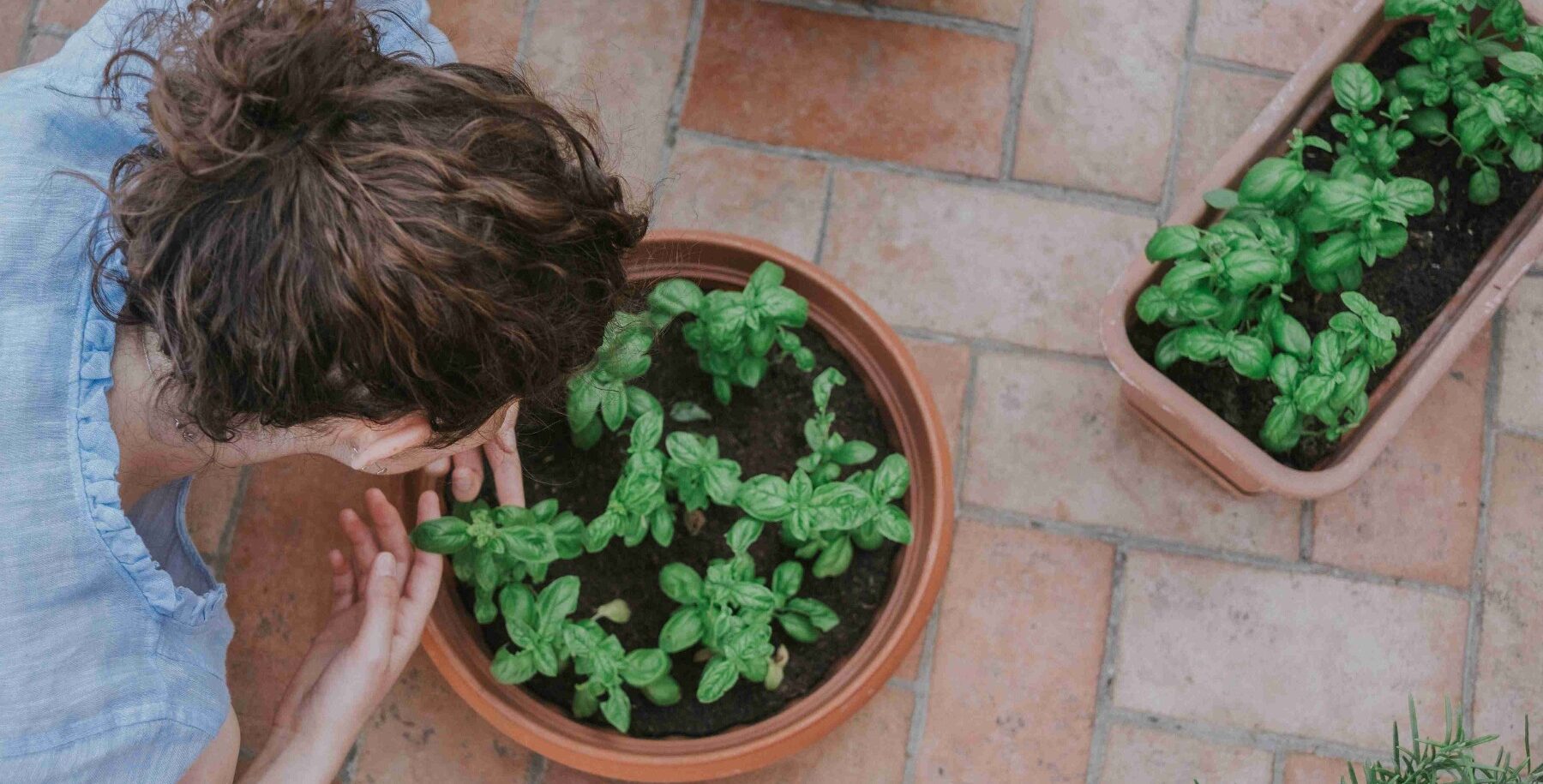
The foundation of organic gardening at home rests upon the quality of your soil. Achieving nutrient-rich soil involves a combination of proper preparation and the incorporation of organic matter. Composting emerges as a stellar technique to enrich your soil with essential nutrients, fostering robust plant growth in your at-home organic garden.
Equally crucial is soil aeration. Well-aerated soil ensures that the roots of your plants receive the necessary oxygen for optimal growth. Techniques like double-digging or using raised beds can significantly improve soil structure and drainage.
As you embark on your journey to organic gardening at home, keep in mind that cultivating healthy soil is the cornerstone of a vibrant and sustainable garden.
Now that we’ve set the stage with an optimal site and nutrient-rich soil, the next step in our organic gardening journey at home involves selecting the perfect plants and adopting efficient watering strategies.
Choosing the Perfect Plants

When it comes to plant selection, it’s not just about aesthetics but also about compatibility with your region’s climate. Opt for plants that thrive in your specific environment, considering factors such as temperature, humidity, and soil conditions. By aligning your choices with the local climate, you promote resilience and reduce the need for excessive maintenance.
As you explore the world of organic gardening at home, consider incorporating native plants. These species have adapted to the local ecosystem, often requiring less water and minimal intervention.
Embracing native flora not only supports biodiversity but also contributes to the overall health of your garden.
Watering Wisely
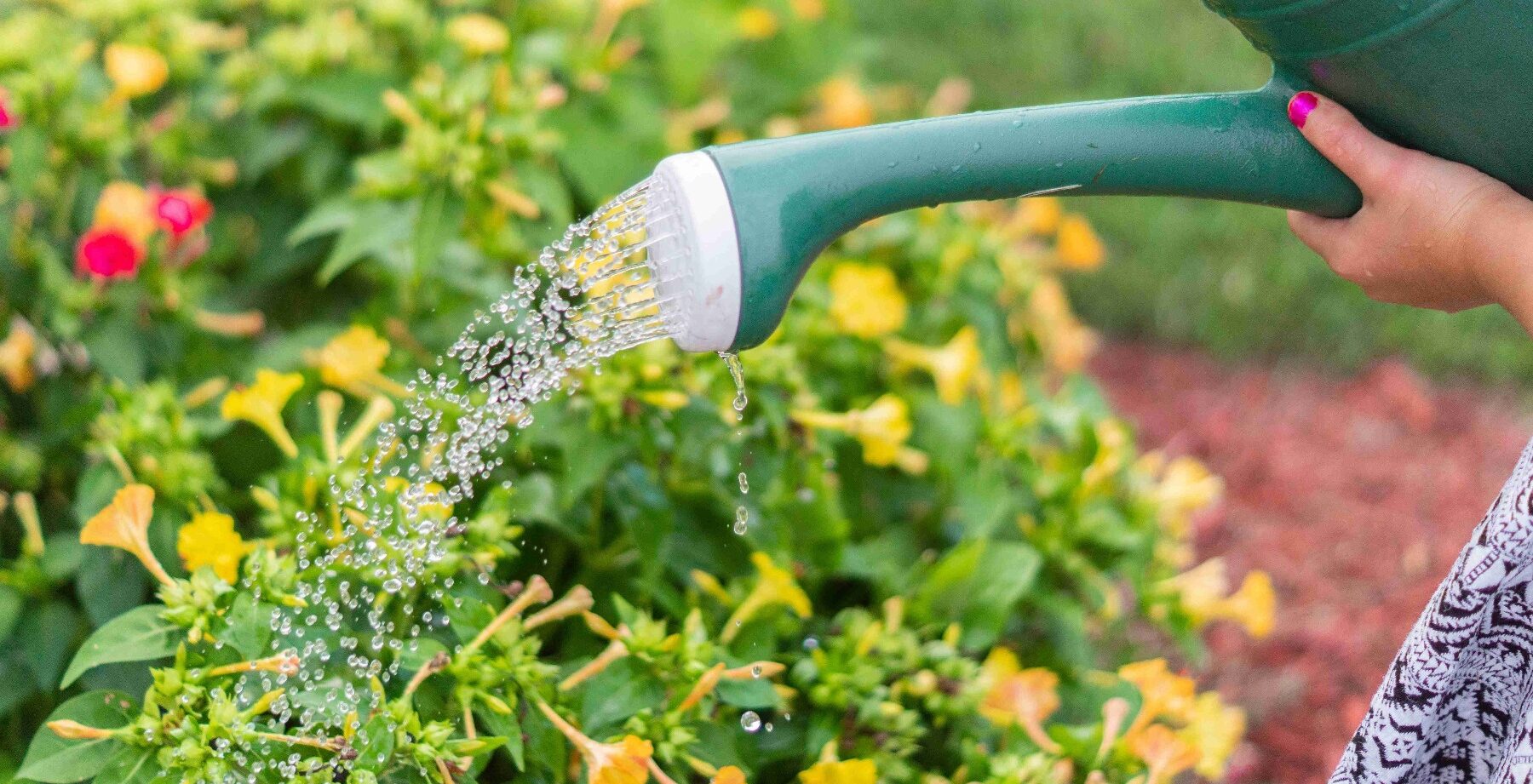
Water is a precious resource, and using it wisely is fundamental to sustainable gardening. Organic gardening at home involves adopting water-efficient practices to conserve this vital element. Consider investing in a drip irrigation system, which delivers water directly to the plant roots, minimizing wastage.
Timing is also crucial when it comes to watering. Water your plants during the early morning or late afternoon to reduce evaporation and ensure optimal absorption.
By incorporating mindful watering strategies into your routine, you not only support the health of your garden but also contribute to the broader goal of sustainable, organic living.
Feeding Your Plants

In the realm of organic gardening at home, the emphasis is on organic fertilizers. Unlike synthetic counterparts, organic fertilizers release nutrients slowly, providing steady and consistent nourishment to your plants. Options like compost, well-rotted manure, and organic compost teas are excellent choices to enhance soil fertility.
Understanding the specific nutrient requirements of your plants is key to successful feeding. Different plants have varying needs at different stages of their growth cycle. Conducting soil tests can guide you in tailoring your fertilization approach, promoting a balanced and thriving garden.
In your feeding journey, consider integrating companion planting. Some plants naturally complement each other, promoting nutrient uptake and deterring pests. By strategically pairing plants, you create a harmonious ecosystem within your organic garden.
Maintain With Mulch
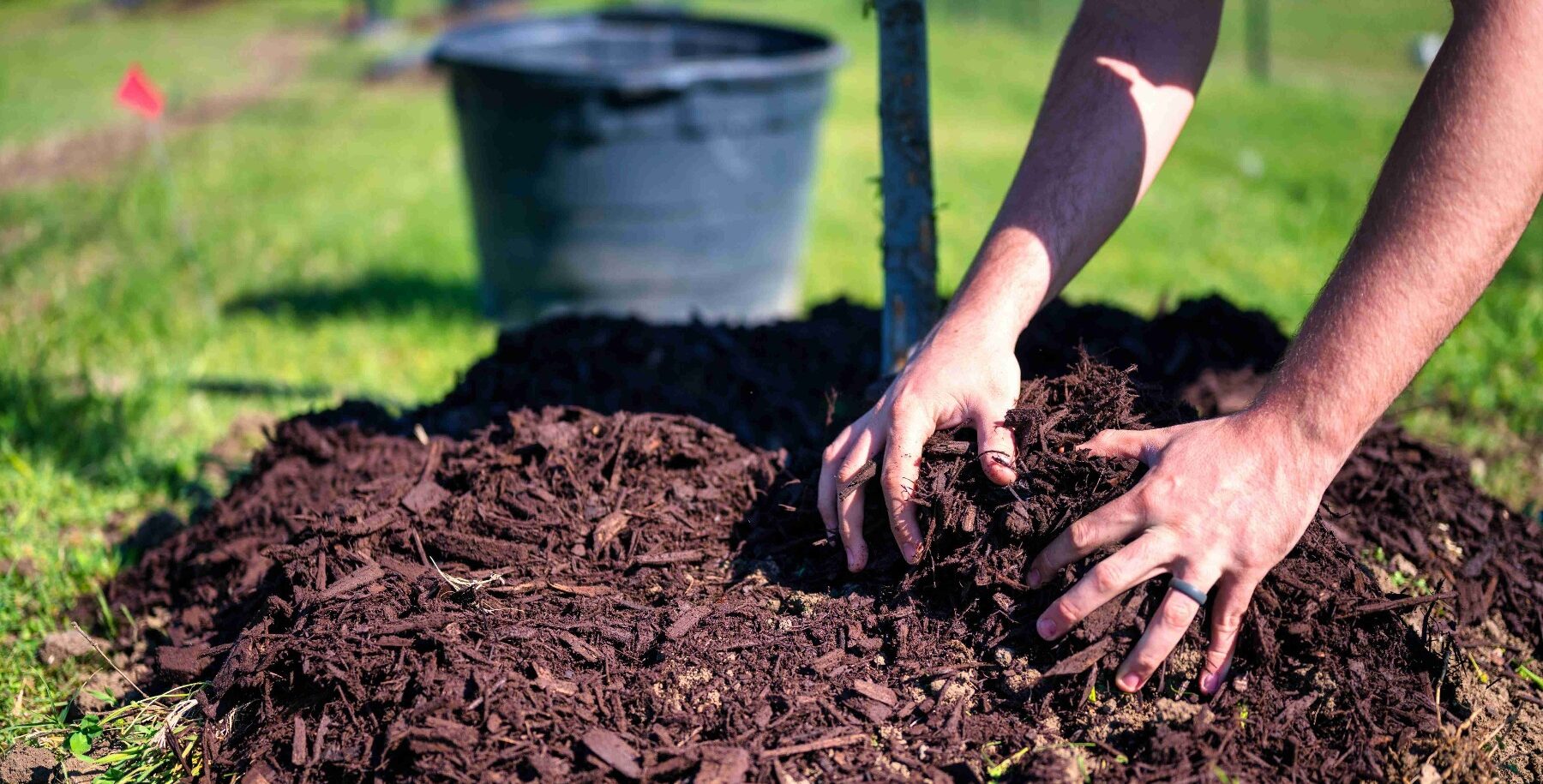
Maintaining your organic garden at home involves adopting practices that not only nurture your plants but also protect the ecosystem within your green haven. Mulching is a valuable technique that serves multiple purposes, contributing to the overall health and sustainability of your garden.
Mulching acts as a natural blanket for your soil, providing insulation against extreme temperatures and conserving moisture. This not only reduces the frequency of watering but also suppresses weeds, minimizing the competition for nutrients. In the context of organic gardening at home, mulch made from organic materials like straw, bark, or leaves adds organic matter to the soil as it decomposes, enriching the ecosystem.
Beyond moisture retention and weed control, mulching offers additional benefits. It acts as a barrier, preventing soil erosion and promoting a stable environment for beneficial microorganisms.
As you incorporate mulching into your maintenance routine, observe the positive impact on your garden’s health, fostering a sustainable and thriving organic haven at home.
Rotate Crops

In the realm of sustainable gardening, crop rotation stands out as a strategic practice that goes beyond mere maintenance—it becomes a vital contributor to the long-term health of your organic garden at home.
Crop rotation involves systematically changing the placement of crops in your garden from season to season. This intentional shuffling prevents the buildup of pests and diseases associated with specific plant families. By rotating crops, you disrupt the life cycles of potential threats, reducing the need for pesticides and fostering a naturally balanced ecosystem.
In the context of organic gardening at home, consider grouping plants based on their families and rotating them annually. This practice not only minimizes the risk of soil-borne diseases but also optimizes nutrient utilization, ensuring the sustainable productivity of your garden.
As you embark on the journey of crop rotation, observe the positive effects on your garden’s vitality. This simple yet effective technique contributes to the resilience of your plants, making your at-home organic garden more self-sufficient and environmentally friendly.
Clean Up Debris
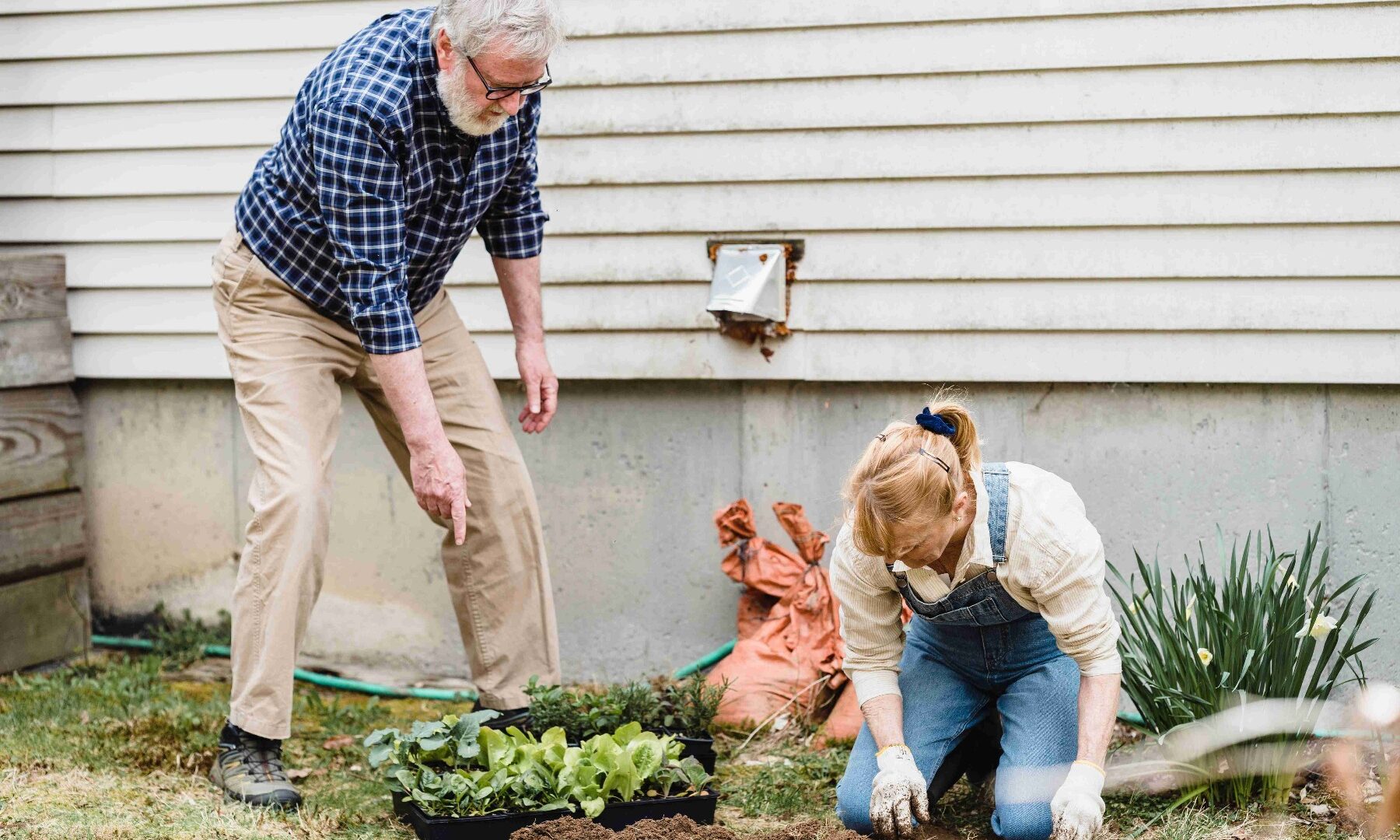
Regularly cleaning up debris is a crucial aspect of organic gardening. Fallen leaves, spent plants, and other organic matter can harbor pests and diseases, posing a threat to the overall health of your garden. By promptly removing debris, you create a clean slate for new growth and minimize the risk of infections.
Consider incorporating a composting system for plant debris. This sustainable approach not only reduces waste but also transforms organic matter into nutrient-rich compost, which can be reintegrated into your garden to promote soil fertility.
In the context of organic gardening at home, a clean and well-maintained garden is not just visually appealing; it’s a sanctuary for thriving plants. Embrace the habit of regular cleanup to foster a healthy and disease-resistant environment, ensuring the sustained success of your at-home organic garden.
Overview
This organic gardening journey extends beyond the mere act of planting seeds; it’s a commitment to nurturing a thriving ecosystem right at your doorstep.
Embrace the beauty of your at-home organic garden and the positive impact it has on your life and the planet. Cultivate with care, and watch as your green haven flourishes, reflecting the harmonious relationship between humankind and nature. The journey of organic gardening at home is a perpetual cycle of learning, growing, and living in harmony with the Earth.
Share your experiences, seek advice, and inspire others on this green journey.
Happy gardening!
